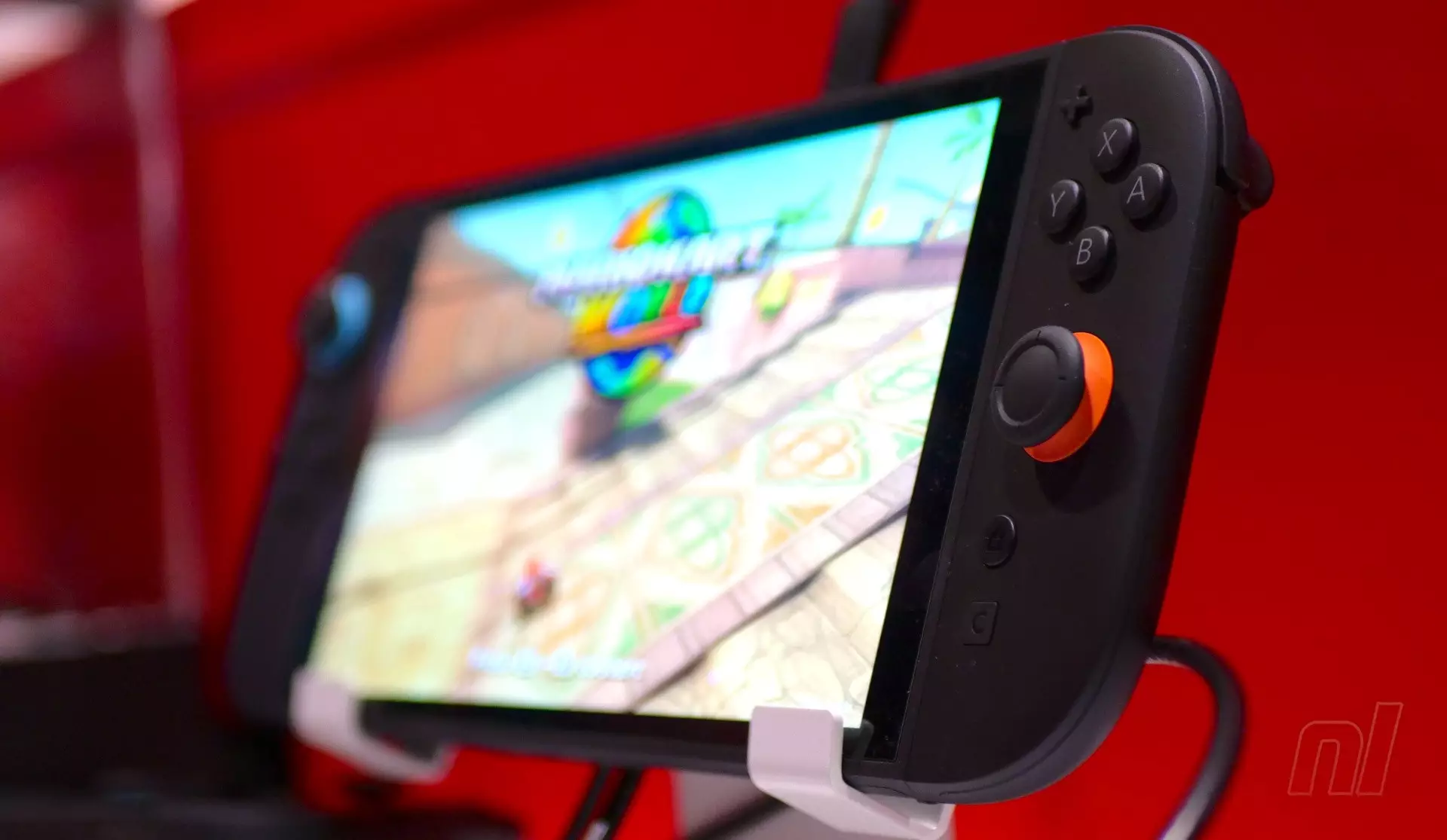The launch of the Nintendo Switch 2 has ignited a fresh wave of discussions among developers and industry experts about its true technical capabilities. Many anticipated a leap comparable to next-generation consoles, but early analyses paint a more nuanced picture. While some compare it to the Xbox Series S, others draw parallels with the PlayStation 4, suggesting that Nintendo’s latest hybrid device occupies a unique space in the hardware landscape. This ambiguity isn’t a sign of weakness but rather reflects Nintendo’s innovative approach to hardware design—one that balances performance with portability and versatility. It’s essential to recognize that raw hardware power, while important, is only one piece of the puzzle. Nintendo’s success has often stemmed from its ability to optimize hardware and software synergy, and the Switch 2 appears poised to follow this tradition.
What stands out immediately from industry commentary is the selective performance advantage conferred by the Switch 2’s technology. The GPU, while slightly below the Xbox Series S in raw terms, boasts features like DLSS support, which enhances visual fidelity without demanding excessive power. This inclusion could tilt the competitive balance, allowing developers to craft visually compelling titles that perform well on portable hardware. The CPU’s performance, being closer to the PlayStation 4, suggests that the device might not handle the most CPU-intensive tasks with the ease of high-end consoles, but it’s more than capable of supporting a broad range of games, especially those optimized for moderate processing demands.
Implications for Game Development and Portability
This hardware positioning has significant consequences for game developers. Ports from current-generation consoles like the Series S and PS4 are likely to be smoother, with many titles already designed to target higher frame rates and complex physics simulations. The insight that games running at 60 FPS on the Series S can translate well to the Switch 2 highlights its potential as a versatile platform. However, complexity in physics, large world sizes, or advanced animation may introduce additional challenges, requiring developers to fine-tune their engines for Nintendo’s hardware.
The hybrid design of the Switch 2—integrating portable and docked modes—further complicates performance considerations. Developers must account for how their games behave in handheld mode versus TV output, especially since handheld performance can sometimes be more constrained. Yet, the hardware’s technological innovations suggest that Nintendo aims for a compelling balance: providing enough power for modern titles while preserving the portability that has made the original Switch a commercial juggernaut. This approach could define the future of portable gaming, shifting industry perceptions about what’s possible on a handheld device.
The Industry’s Perspective: Excitement and Caution
Industry insiders, including companies like Koei Tecmo and Firaxis, have voiced optimism about the Switch 2’s potential to support the ongoing development of current-gen games. The sentiment echoes Nvidia’s praise of the chip as a “technical marvel,” hinting at a chip architecture that pushes the boundaries of Nintendo’s usual hardware constraints. Yet, this enthusiasm is tempered by realistic expectations. The modest performance leap from previous Switch models—or the landing proximity to the Series S in terms of raw power—means that truly demanding titles may require additional optimization and potential compromises.
It’s important to question whether the Switch 2 can establish itself as a long-term gaming platform capable of supporting the next wave of blockbuster titles. While the hardware isn’t a revolution in raw power compared to high-end consoles, Nintendo’s strategic positioning—favoring innovative hardware design, sophisticated optimization, and a large, dedicated user base—may very well ensure its longevity. The real question isn’t solely about numbers but about how effectively developers can leverage its existing and evolving capabilities to deliver engaging gaming experiences.
The Switch 2 may not boast the raw horsepower of a flagship console, but it represents a significant strategic advance for Nintendo. By blending architectural features from both current-gen and older systems, it offers a compelling middle ground that prioritizes versatility, accessibility, and innovation. For industry observers and gamers alike, this suggests a future where hardware performance is just one facet of a holistic gaming ecosystem—one where creativity, smart engineering, and user experience ultimately define success.

